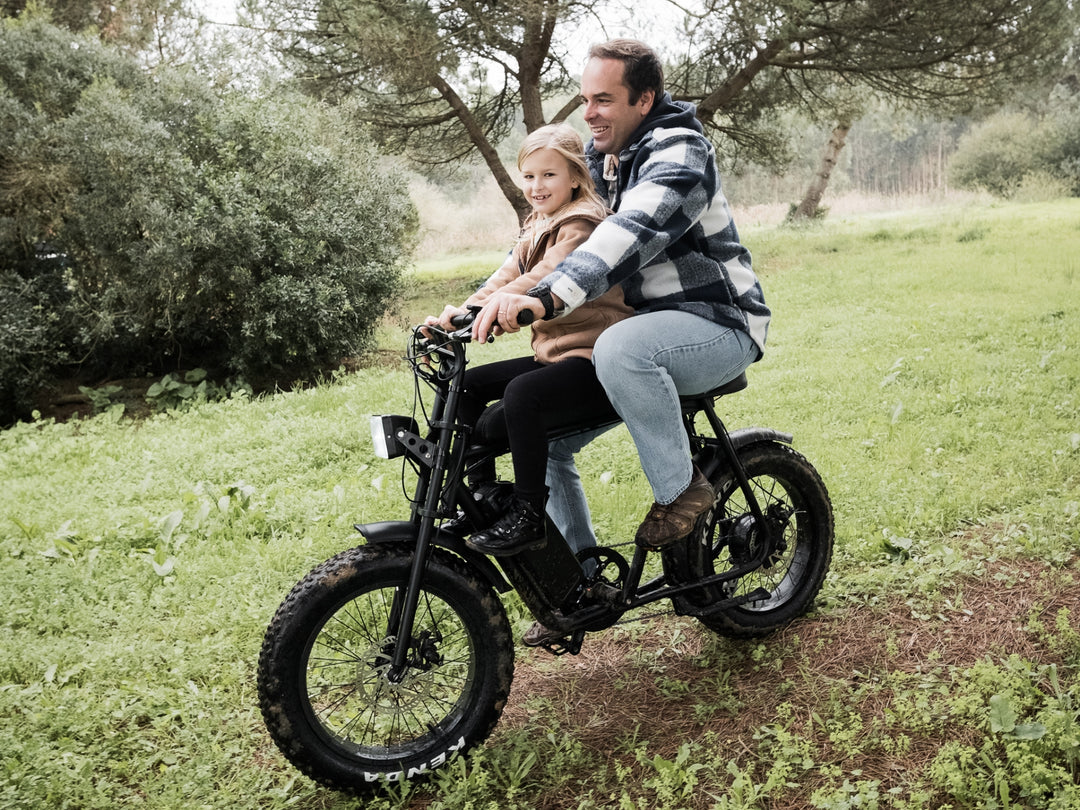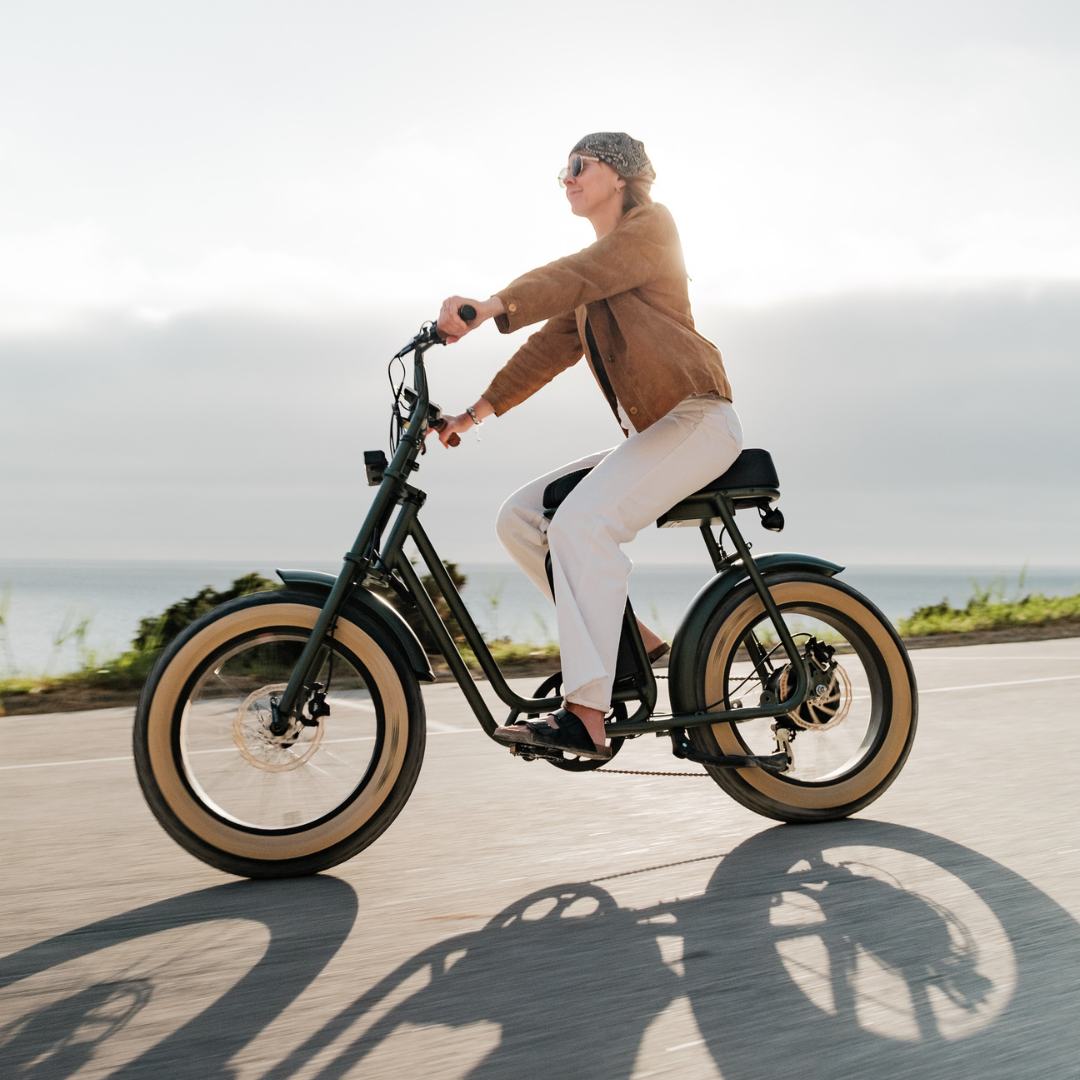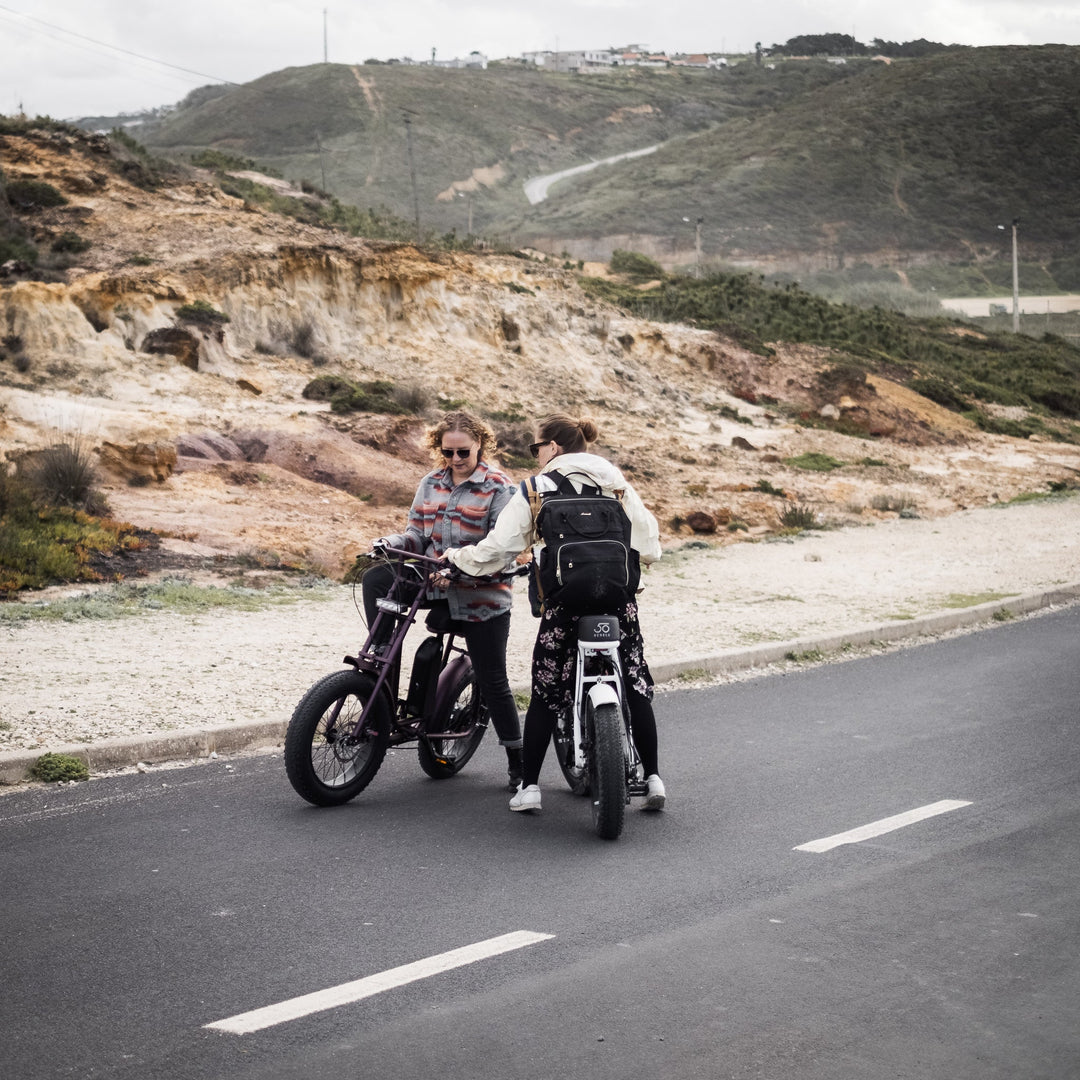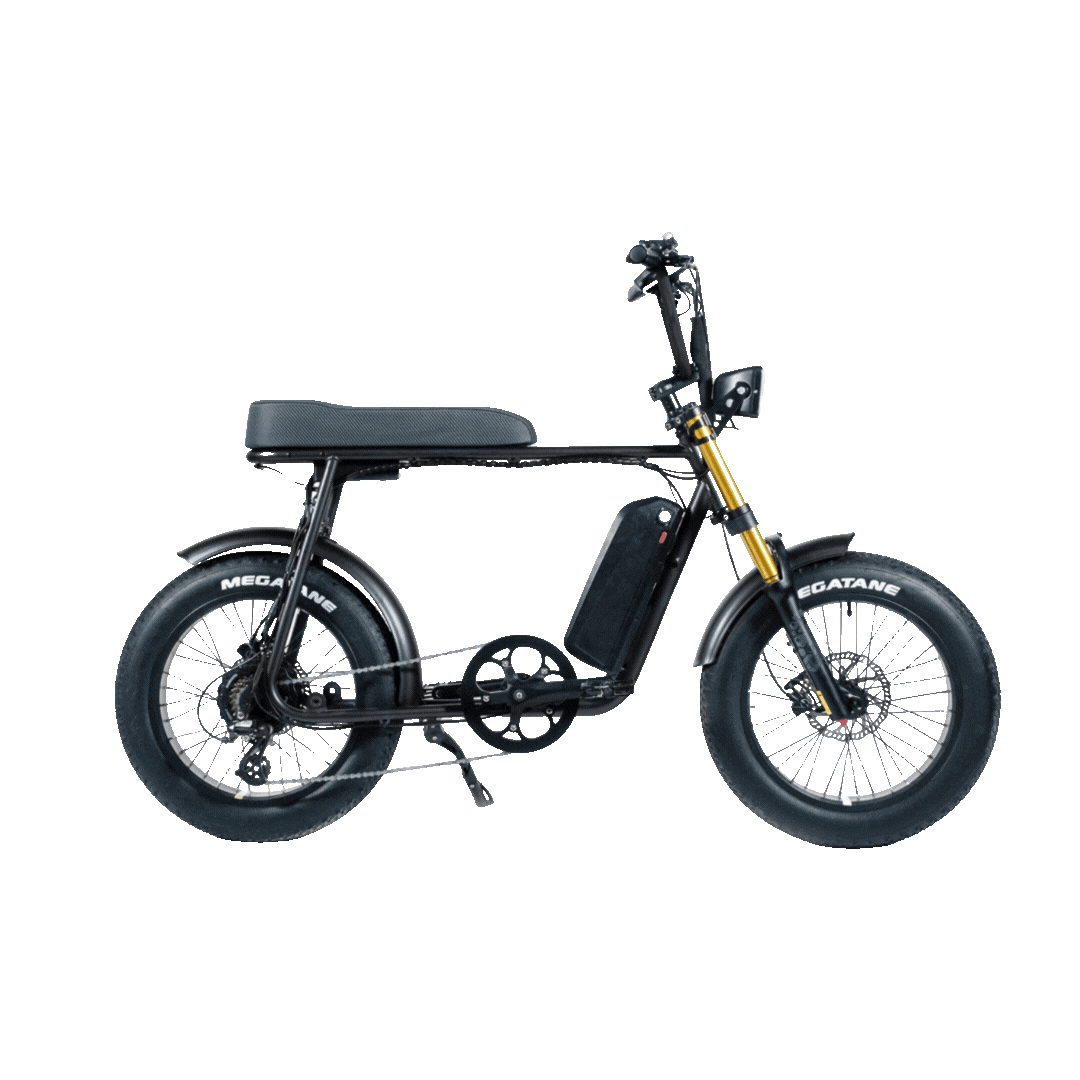How much can you save with an e-bike?
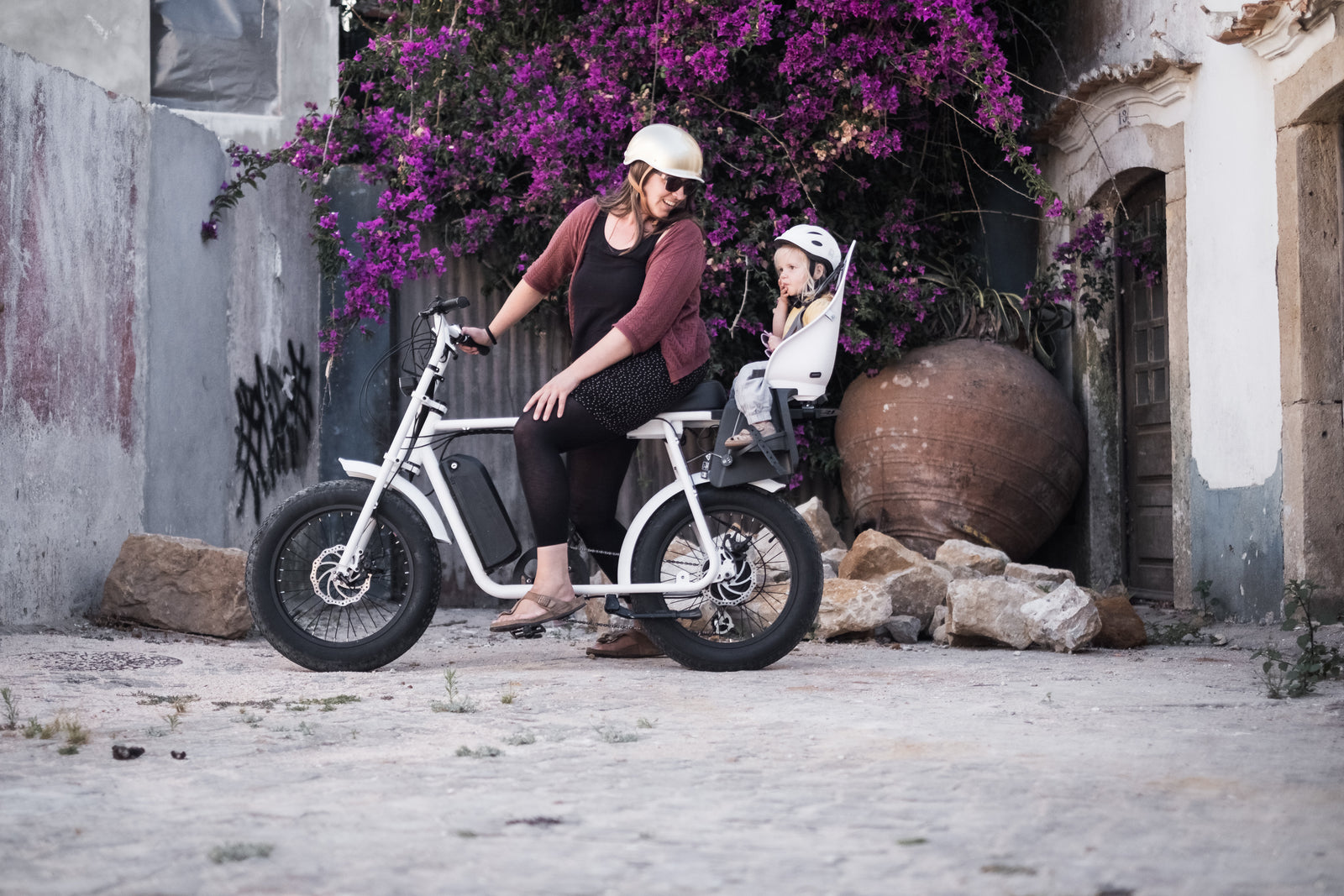
Are you considering buying an e-bike soon? Have you ever calculated how much you can save on fuel on your daily commute? Take a look at a real case we presented in 2022 and do the maths.

Of course, everything will depend on the daily kilometres you cycle or are willing to cycle instead of using a car or other motorised vehicle using fossil fuels.
Find out how you can save between EUR 1,263.76 and EUR 810.86 annually by exchanging part of your car or motorbike travels for the generalised use of an e-bike.
Imagine if during spring and summer you ride around 25 km per day - this could be when going to the beach; shopping; or even going to work. If you do this for five days a week, this will accumulate the distance of 125km weekly, or in round numbers, 500 km per month.
Imagine that you are replacing these journeys with those previously made in a diesel or gasoline car, with an average consumption of 7L/100 km – you could be saving around 35 litres of fuel per month. If you do the maths, you are saving approximately 64 euros in diesel or 68 euros in gasoline. We are talking exclusively about fuel - not taking other expenses into consideration such as car insurance, annual taxes, or even parking. Not to mention the unnecessary time spent stuck in traffic jams and looking for parking. The subject of lost time is in itself a matter for another article.
Similarly, if you are going to change your travels by motorcycle with a consumption average of 5 l/100 km, you should know that this could represent 49 Euros of monthly savings.
MEET A REAL CASE: O MOÇO DO FRETE

To make it easier for us to understand how much we can save by substituting a car or motorbike for an electric bike, let's take a look at the case of O Moço do Frete. Bernardo is one of our most recent customers: a young, eco-minded man whose motto is "Think Globally, Act Locally!" Bernardo already had his eye on our Sea Shepherd, precisely because he believes we can make a difference in changing behaviours. After working for around 5 years in catering, life took a turn with the pandemic, and Bernardo lost his job.
During the time he was unemployed, he took a course in barbering and whenever he could, helped friends and relatives with various types of errands. It was then that the idea arose to create an innovative service that would bring together all these loose ends between values, and a sense of mission, as well as the goal of setting up an innovative business of his own. Among the main services offered by O Moço do Frete we can find: home delivery services, E-bike taxi, delivery and collection service, laundry, and some others.
Let’s do the maths?
Since he started this project, Bernardo rides around 30 km daily. As he also works on Saturdays, this sees him ride approximately 180 km per week or 780 km per month.
If he were to make these journeys in a diesel car with an average consumption of 7 L/100 km, Bernardo would accumulate a monthly cost of around 54.6 litres of fuel, which is roughly equivalent to around 99 euros. These numbers are based on approximate values in the service stations nearby his house (in 2022). Once more, bear in mind the latest and constant fluctuation in fuel prices.
To start his business Bernardo invested in a Sea Shepherd 250W. The footrests were essential so he could work as an e-bike taxi, as was the back rack which held great importance, allowing him could transport the orders. The lights allowed him to work late hours. If Bernardo is an eligible candidate for the Environmental Fund and submits his application in time, he may receive 500 euros in financial incentives that he can deduct from the initial purchase cost of his electric bike.
You can find out how to check the number of applications still available here.
Did you know that there are almost 300 tax-incentive and purchase-premium schemes for cycling across Europe? You can consult them here.
The idea is to make it attractive to cycle more and drive less, forcing the change.
By choosing a 50 Rebels e-bike as a vehicle, Bernardo will save on the IUC (annual tax). In addition, insurance, should he choose to purchase it as it is not mandatory, will also be cheaper. He will also have no problems or expenses with parking and maintenance will be cheaper.
Of course, he may face other difficulties on rainy days, but in these circumstances, he may choose to work using another type of transportation or scheduling the service for another, more convenient time.
Regarding the autonomy calculations of an electric bike, a 48V x 20Ah battery (in other words, 960 Wh) allows us to cover about 80Km. However, these figures depend on the speed, the motor assistance level, and the weight carried. Our frames are approved to carry a maximum weight of 135kg, of course, including the driver.
Considering the price of a kWh supplied by the grid in Portugal is around 0.19 euros, the energy cost for 100 km would be: 0.768 KWh x 0.19 euros = 0.15 euros.
However, to make a realistic calculation we must take into account the wear and tear on the battery. A lithium-ion battery allows roughly 1000 charges and discharges. Assuming that Bernardo charges the battery every 60 km, we divide the annual value of km travelled by cycles of 60 km (7800/60= 130). We then divide the 1000 cycles by the 130 annual cycles and see that in this case, the battery could have a lifespan of 7.7 years. If we consider the cost of the battery, about 579 euros, we can calculate that the annual cost of battery wear is 75 euros (579 euros / 7.7 years).
In addition to the cost of the battery, Bernardo must take into account other maintenance expenses such as tires (EUR 95) and about 2 sets of brake pads per year (about EUR 30).
Assuming that the delivery man replaces his car 6 days a week and 10 months a year, to make 30 km/day on his deliveries and personal journeys, then he stopped using the car on:
30 (Km) x 6 (days) x 10 (months) = 7800 Km/year or 546 litres of fuel.
Assuming that on these journeys he stopped using a car that spends 7 litres/100km, at 1.824 euros/litre of diesel, 250 euros of maintenance for every 15,000km, and 1 euro for parking per day. We can calculate the savings by not using the car as follows, taking into account the use for 10 months, leaving out the rainiest months:
Cost of using a car:
Diesel: 995.90 euros
IUC (vehicle tax): 59.56 euros (example)
Insurance: 120 euros (example)
Maintenance: 117 euros
Parking: 195 euros
Total: 1487,46 euros
Costs of using a motorcycle
Gasoline: 760,11euros
Maintenance: 117 euros
IUC: 59.45 euros(example)
Insurance: 98euros (example)
Total: 1034.56 euros
Using an electric bicycle would cost the following per year:
Electricity: 23.70 euros
Battery: 75 euros
Tires: 95 euros
Brake pads: 30 euros
Total: 223.7 euros

Calculate the annual savings:
-
Annual savings versus the use of a car:
1487.46 EUR - 223.7 EUR = EUR 1263.76 EUR.
-
Annual savings versus the use of the motorbike:
1034.56 EUR - 223.7 EUR = 810.86 EUR.
For this simulation, we didn’t take into consideration the purchase values of the remaining vehicles. However, we can say that taking into account Bernardo’s example, the initial investment that he made in his main means of transport and work will quickly break-even, and if he manages to have the financial incentive from the Fundo Ambiental, this time will be reduced even more significantly.

